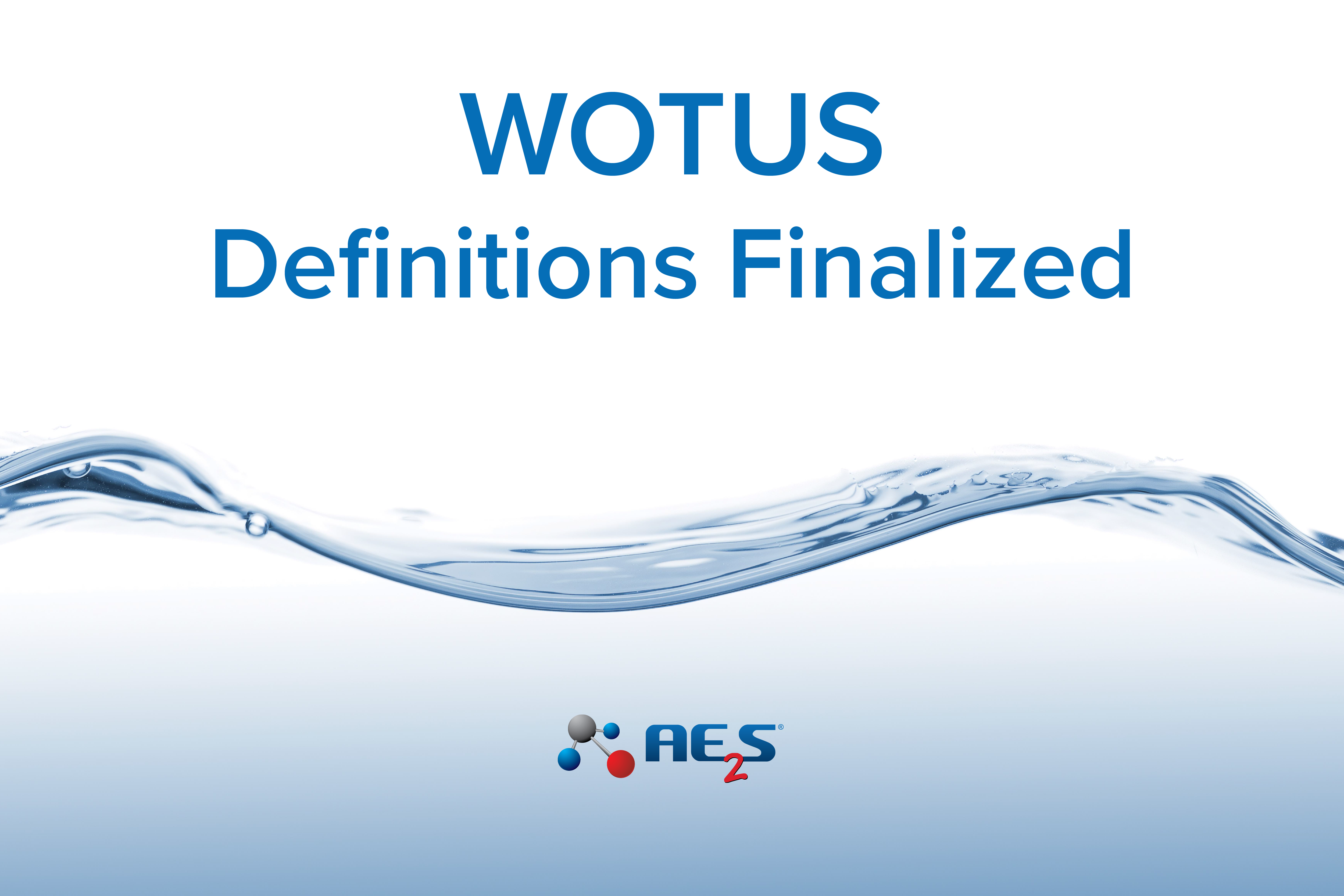The U.S. Environmental Protection Agency (USEPA) and the U.S. Department of the Army (Army) announced an amended version of the 2023 definition of “waters of the United States” (WOTUS) Rule in late August. The amended WOTUS Rule took effect on September 8. It conforms with the Supreme Court’s May 25 decision in Sackett v. EPA.
While USEPA’s and the Army’s 2023 rule defining “waters of the United States” was not directly before the Supreme Court, the high court’s decision determined that certain aspects of the 2023 rule are invalid. The amendment changes parts of the 2023 rule that are invalid under the Sackett v. EPA decision.
The amended WOTUS Rule does the following:
- Removes the significant nexus test from consideration when identifying tributaries and other waters as federally protected.
- Revises the adjacency test when identifying federally jurisdictional wetlands.
- Clarifies that interstate wetlands do not fall within the interstate waters category.
- Clarifies the types of features that can be considered under the “additional waters” category.
The amended definition of “waters of the United States” does not affect the longstanding activity-based permitting exemptions provided to the agricultural community by the Clean Water Act (CWA). Also, the following eight exclusions from the definition of “waters of the United States” remain in the amended Rule:
- Prior converted cropland, adopting the U.S. Department of Agriculture’s definition and generally excluding wetlands that were converted to cropland prior to December 23, 1985.
- Waste treatment systems designed to meet the requirements of the CWA, including treatment ponds or lagoons.
- Ditches (including roadside ditches), excavated wholly in and draining only dry land, and that do not carry a relatively permanent flow of water.
- Artificially irrigated areas, that would revert to dry land if the irrigation ceased.
- Artificial lakes or ponds, created by excavating or diking dry land that are used exclusively for such purposes as stock watering, irrigation, settling basins, or rice growing.
- Artificial reflecting pools or swimming pools, and other small ornamental bodies of water created by excavating or diking dry land.
- Waterfilled depressions, created in dry land incidental to construction activity and pits excavated in dry land for the purpose of obtaining fill, sand, or gravel unless and until the construction operation is abandoned and the resulting body of water meets the definition of “waters of the United States.”
- Swales and erosional features (e.g., gullies, small washes), that are characterized by low volume, infrequent, or short duration flow.
The Supreme Court’s Decision in Sackett v. EPA created uncertainty for CWA implementation. USPEA and the Army say they will work with State, Tribal and local partners to safeguard waters in need of protection following the Sackett v. EPA decision and will continue to use all available tools to protect public health and provide clarity for stakeholders.
Learn more on USEPA’s WOTUS website.

